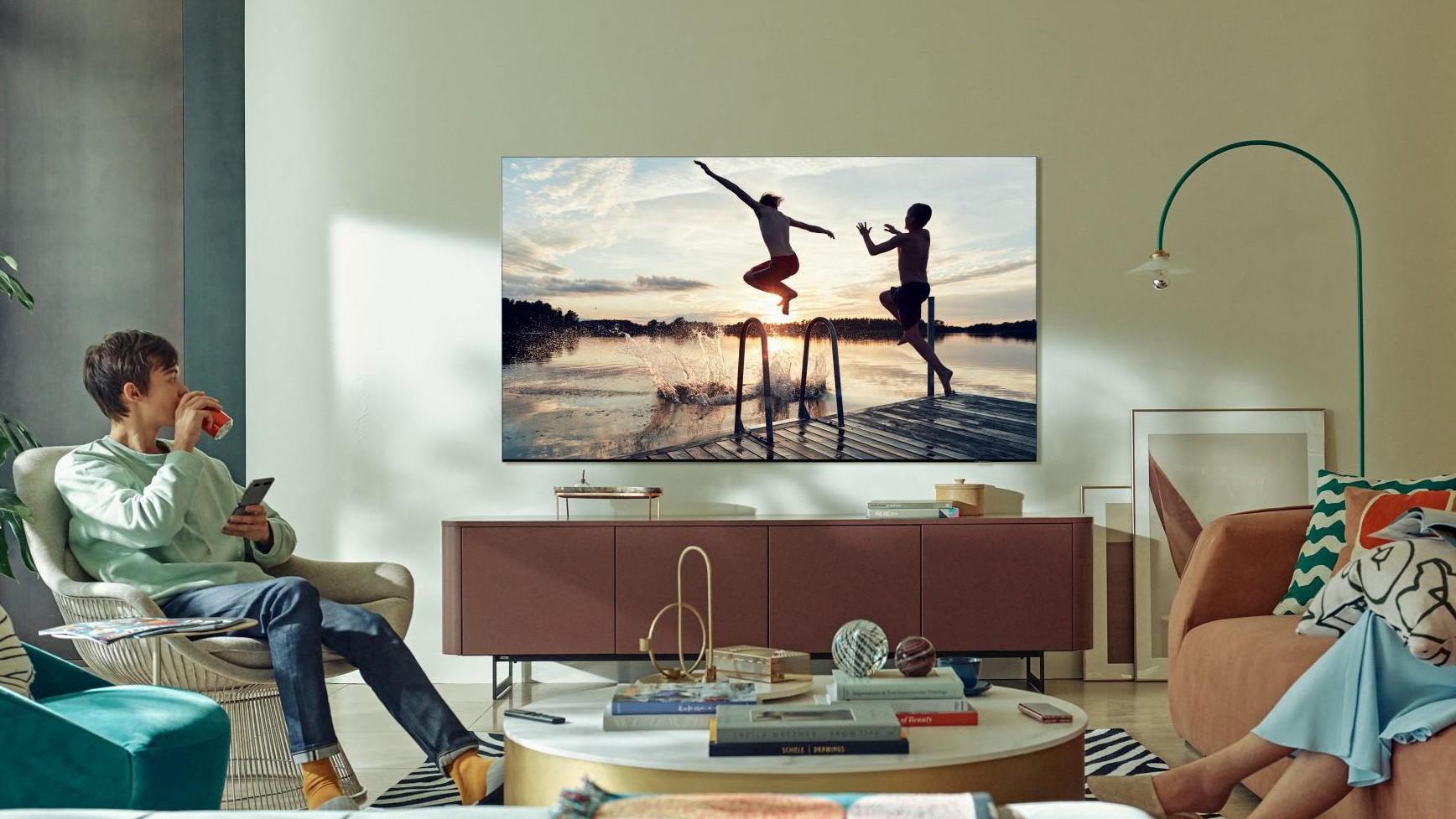

2022 is the year Samsung finally gets into battling for a place on our list of the best OLED TVs. The company has resisted using the technology for years, but in 2022 it will launch a TV using next-gen QD-OLED panels, but will also launch a range of TVs featuring current-gen OLED panel, according to a recent report.
As I said in the link above, I'm really looking forward to seeing how the image processing powers that make the best Samsung TVs so good will translate to OLED. And that goes double as a gaming fan: our guide to the best gaming TVs is basically split between OLED models and Samsung sets, so a TV that's the best of both could dominate there.
But assuming the rumours above are true, I have a concern about Samsung's foray into OLED this year, and it's the company's stubborn and continuing refusal to embrace Dolby Vision HDR so far.
One of the key advantages of Dolby Vision is that it helps to make sure that HDR content looks its best on your specific TV, and its particular lighting tech, by avoiding the need for awkward tone mapping.
Tone mapping is something TVs have to do when HDR content comes in, because the contrast range (ie, the difference between the deepest black tones and the brightest white tones) of the original content won't be the same as what your TV's panel can produce. The movie (or whatever) is produced with a huge contrast range to professional standards, but the contrast range of your TV's lighting probably isn't that large – so your TV maps the different tones (hence: tone mapping) to its own capabilities.
The problem is that TVs don't always do a perfect job of this. You can end up with the contrast range getting squashed, effectively, meaning that detail is lost in both dark and bright areas, and you don't get the full effect of HDR.
The trick of Dolby Vision is that the TV doesn't have to guess the best tone mapping itself: with Dolby Vision, the content can tell the TV how it should be displayed on that panel, meaning you get more consistently good HDR performance.
Get all the latest news, reviews, deals and buying guides on gorgeous tech, home and active products from the T3 experts
If that seemed like a lot of word soup, here's a diagram from Dolby to illustrate it.

Line go smaller? Bad. Line stay bigger! Good!
Samsung has always got away with not supporting Dolby Vision on its flagship sets in particular because they're capable of such high brightness, meaning they offer a very large dynamic range anyway – Dolby Vision isn't all that essential on them, because they can already show enough of the contrast range.
However, OLED TVs are less bright than the high-end QLED and Neo QLED TVs Samsung has offered. There isn't a single major OLED TV that doesn't support it, because it really helps them reach their full potential with a more limited maximum brightness. That includes all of the best LG TVs and best Sony TVs.
Samsung has shown no sign of relenting in 2022 and including Dolby Vision support in its TVs. Well, there is arguably one small sign: the fact that its new TVs will support Dolby Atmos audio for the first time, which is fantastic news, and suggests a possible warming towards Dolby's newer standards from Samsung.
But I think if Samsung were including Dolby Vision in its 2022 TVs, it would have already mentioned it. And I'd be very surprised if it included the technology in its OLED TVs but not its QLEDs, because people like me would say it puts the QLEDs at a disadvantage, and Samsung will still be expecting QLED to be the majority of its sales, so it won't want those sets to look weaker on specs.
Of course, it's possible that Samsung's OLED TVs will be so good that it simply doesn't matter that they don't have Dolby Vision – in the case of the QD-OLED TV, that will almost certainly be true, thanks to expected higher brightness and wider colour from the new screen tech.
But the regular OLED TVs will be made with the same panels as every competing OLED, and I'm concerned that Samsung's will be fighting with one hand tied behind their back.

Matt is T3's former AV and Smart Home Editor (UK), master of all things audiovisual, overseeing our TV, speakers and headphones coverage. He also covered smart home products and large appliances, as well as our toys and games articles. He's can explain both what Dolby Vision IQ is and why the Lego you're building doesn't fit together the way the instructions say, so is truly invaluable. Matt has worked for tech publications for over 10 years, in print and online, including running T3's print magazine and launching its most recent redesign. He's also contributed to a huge number of tech and gaming titles over the years. Say hello if you see him roaming the halls at CES, IFA or Toy Fair. Matt now works for our sister title TechRadar.